Create a landscape design that is drought-resistant by incorporating native plants, using mulch to retain moisture, and installing drip irrigation systems.
Creating a drought-resistant landscape design can be a challenge, especially in areas prone to dry spells. But with careful planning and the right plants, you can create an attractive and sustainable outdoor space that will thrive even during periods of low rainfall.
In this blog post, we’ll explore some tips for designing a landscape that is both beautiful and drought-resistant.
Look Inside:
Choose Drought-tolerant Plants
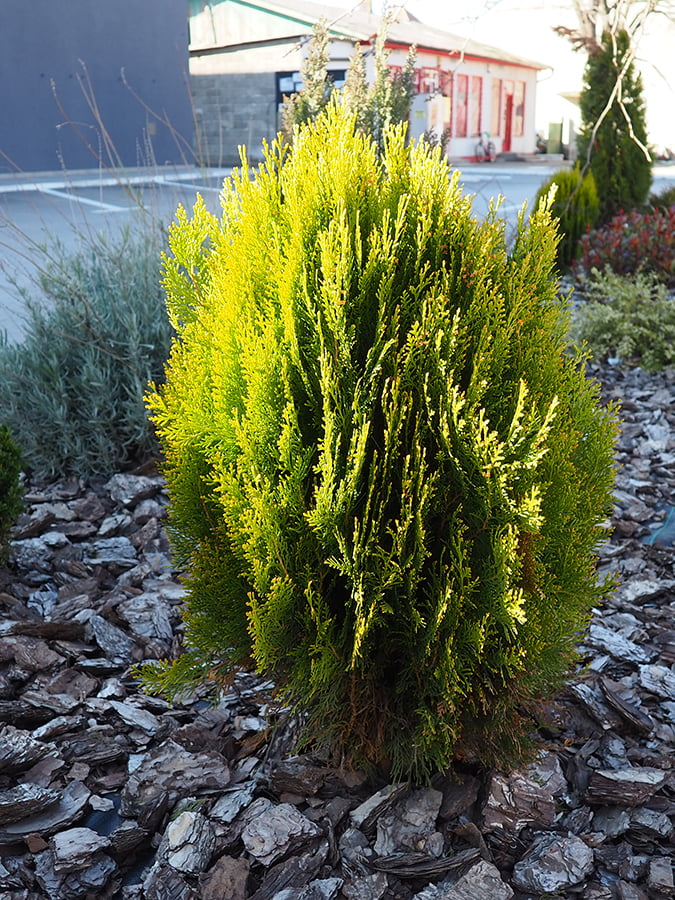
Drought-tolerant plants are those that require less water than other types of plants, and can survive in dry conditions for extended periods of time. When selecting these types of plants, it’s important to consider the climate and soil type in your area, as well as the amount of sunlight available.
You should research which species are native to your region and have adapted over time to thrive in drier conditions. Native species will be better suited for surviving droughts than non-native varieties.
When planting drought-tolerant plants, make sure they are spaced out properly so they don’t compete with each other for resources like water or nutrients from the soil.
Use Native Plants
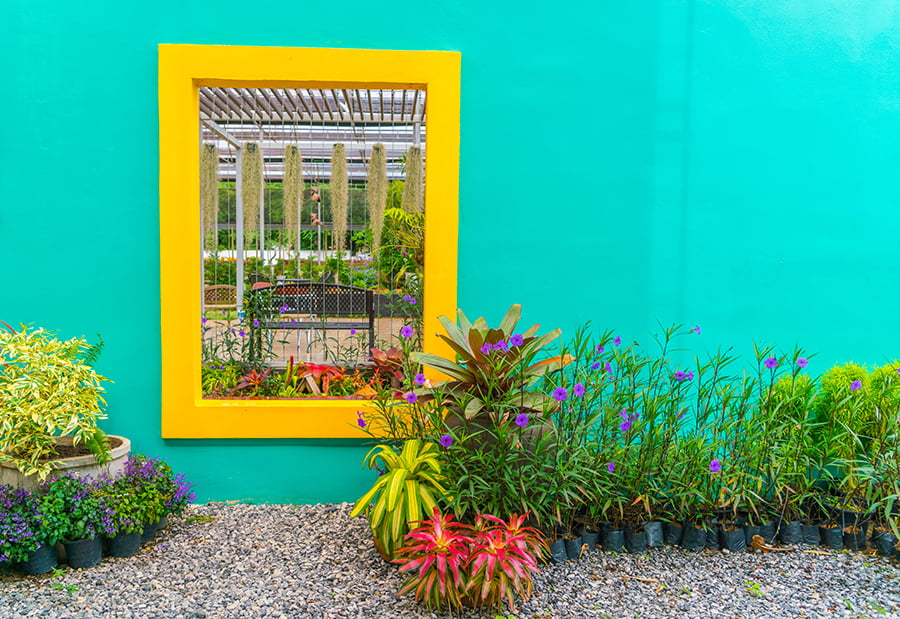
Native plants are those that have evolved over time in the local environment, and they are adapted to the climate and soil conditions of their region. They require less water than non-native species, as they have developed deep root systems that can access moisture from deeper layers of soil.
Native plants often attract beneficial insects such as pollinators which help maintain healthy ecosystems. When selecting native plants for your landscape design, it is important to consider the amount of sunlight available in each area and choose species that will thrive in those conditions.
It is also important to research how much water each plant needs so you can plan accordingly when creating your drought-resistant garden.
Incorporate Mulch and Compost
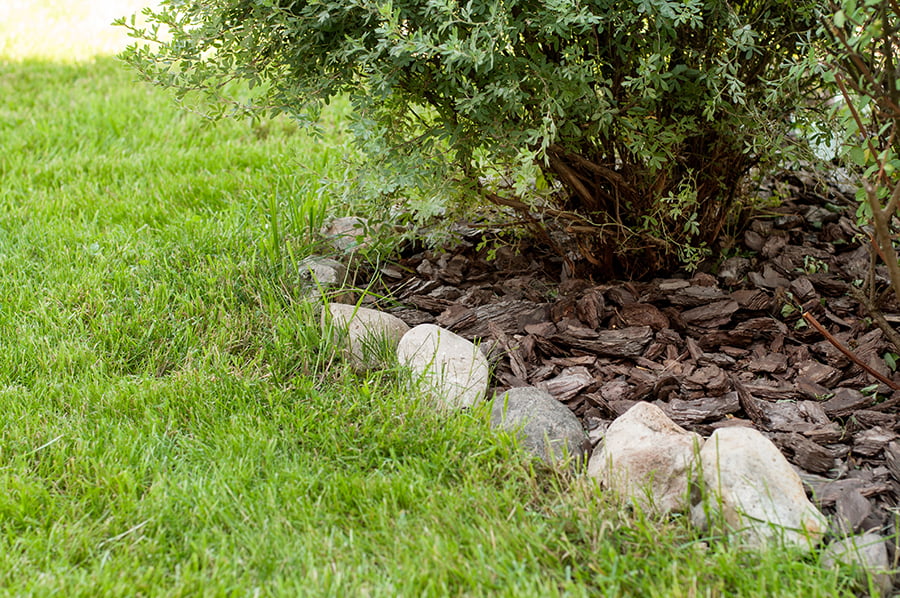
Mulch is a layer of material, such as wood chips or bark, that is spread over the soil to help retain moisture and reduce weeds. Compost is decomposed organic matter that can be added to the soil to improve its structure and fertility.
Both mulch and compost help create an environment where plants can thrive even during periods of drought by helping conserve water in the soil. Mulch helps prevent evaporation from occurring so that more water remains available for plants to use.
Compost also helps increase the amount of nutrients available in the soil which can further benefit plant health during dry conditions. By incorporating both mulch and compost into your landscape design, you will be creating an environment where your plants have a better chance at surviving through periods of drought.
Install a Drip Irrigation System
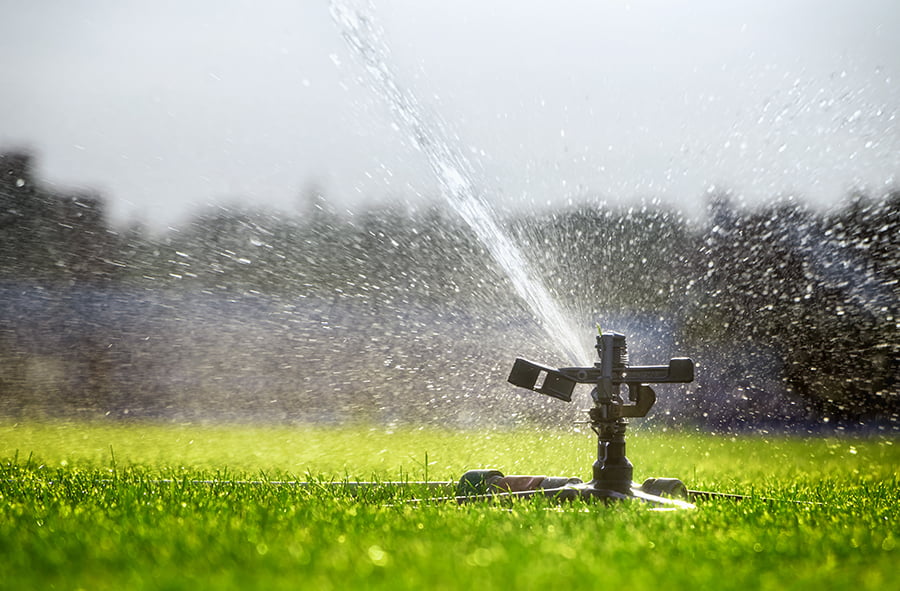
A drip irrigation system works by slowly releasing water directly to the roots of plants, which helps conserve water and reduce evaporation. This type of system can be installed in both large and small areas, making it ideal for any size landscape design.
The slow release of water also helps promote healthy root growth, which is essential for drought-resistant plants. Installing a drip irrigation system can help reduce weeds as well as soil erosion due to its targeted delivery of water directly to the roots of plants.
Group Plants With Similar Water Needs Together
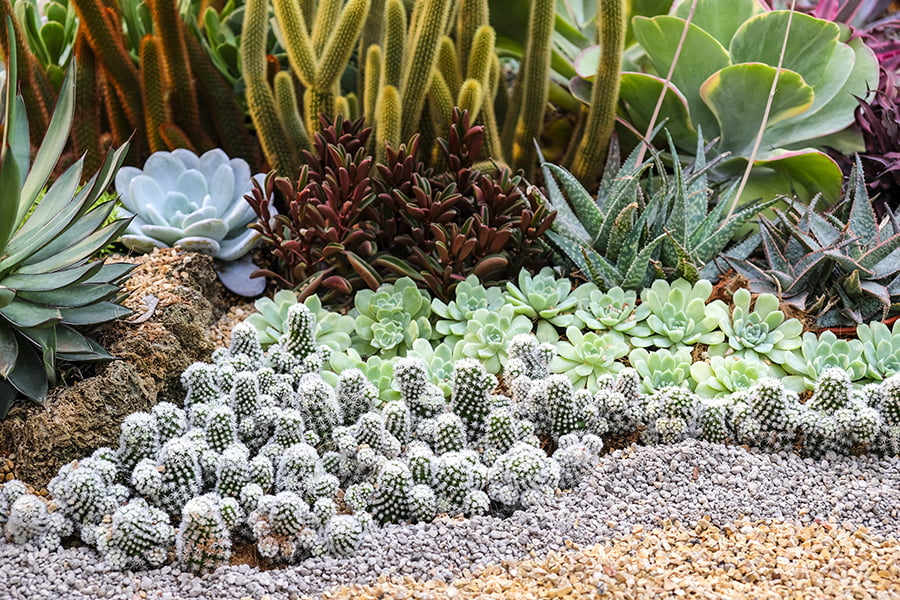
This means that when selecting plants for your garden, you should choose ones that require the same amount of water and place them in the same area. For example, if you have a plant that requires frequent watering, it should be placed near other plants that also need frequent watering.
This way, all of the plants will receive the same amount of water and none will suffer from over or under-watering. Grouping together drought-tolerant plants can help to conserve moisture in your garden by reducing evaporation from soil surfaces.
By taking this approach to landscaping design, you can create a beautiful outdoor space while still being mindful of conserving resources during times of drought.
Create Berms and Swales to Capture Rainwater Runoff
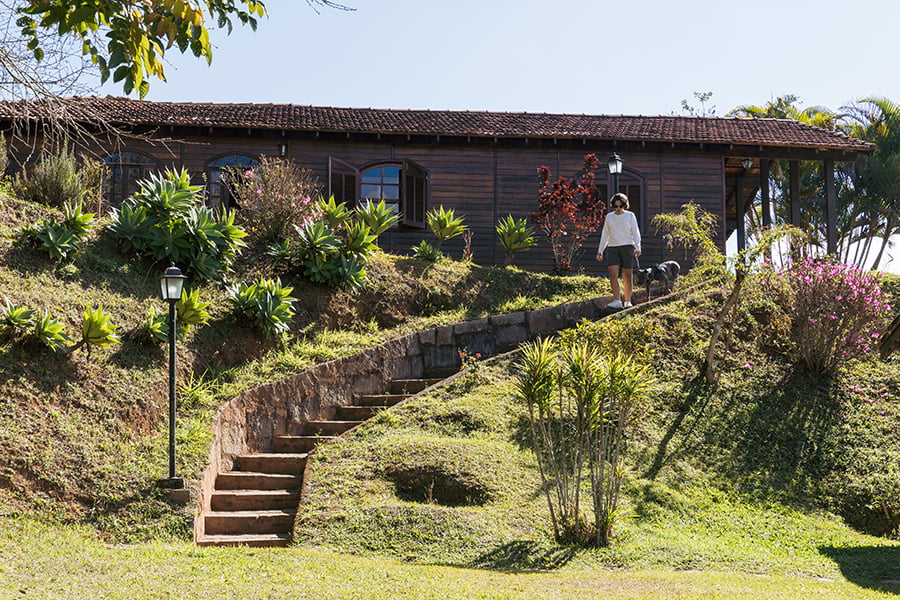
Berms are mounds of soil that can be used to direct water runoff away from areas where it is not wanted, such as driveways or sidewalks. Swales are shallow channels dug into the ground that can be used to capture rainwater runoff and direct it towards plants or trees in need of extra moisture.
By using these two techniques together, you can create a landscape design that will help conserve water during periods of drought.
Use Permeable Paving Materials for Pathways and Patios
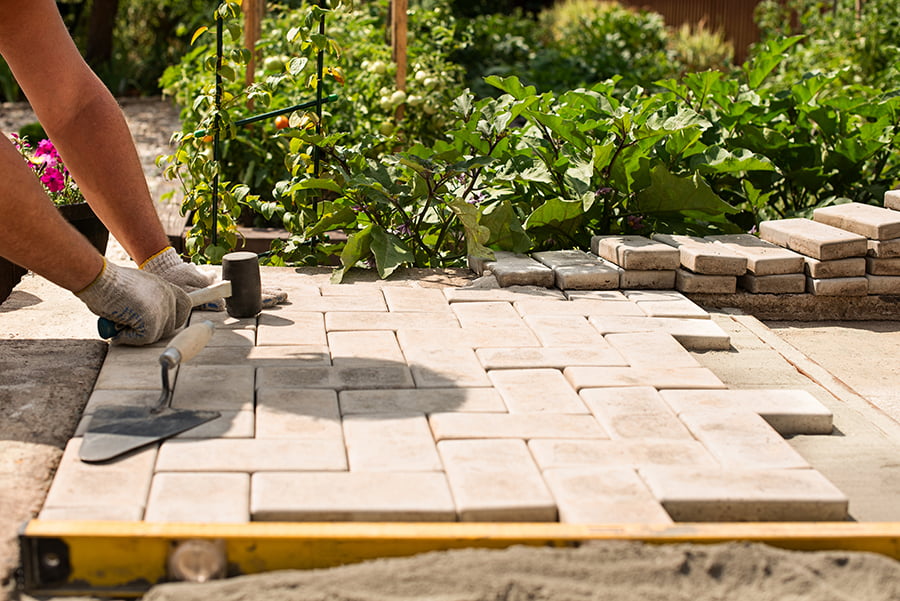
These materials allow water to pass through them, reducing runoff and helping to keep moisture in the soil. This helps plants stay hydrated during dry periods and reduces the need for supplemental irrigation.
Permeable paving materials can be used for pathways, patios, driveways, and other hardscapes in your landscape design. They come in a variety of colors and textures so you can find something that fits with your overall aesthetic.
Permeable paving materials are often made from recycled or sustainable sources which makes them an environmentally friendly choice as well.